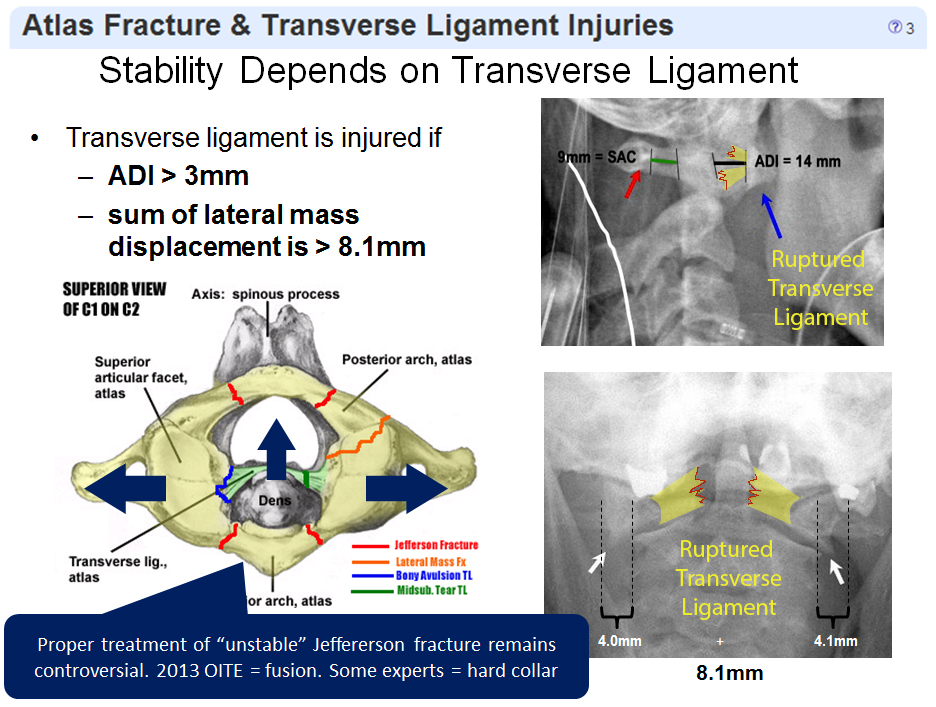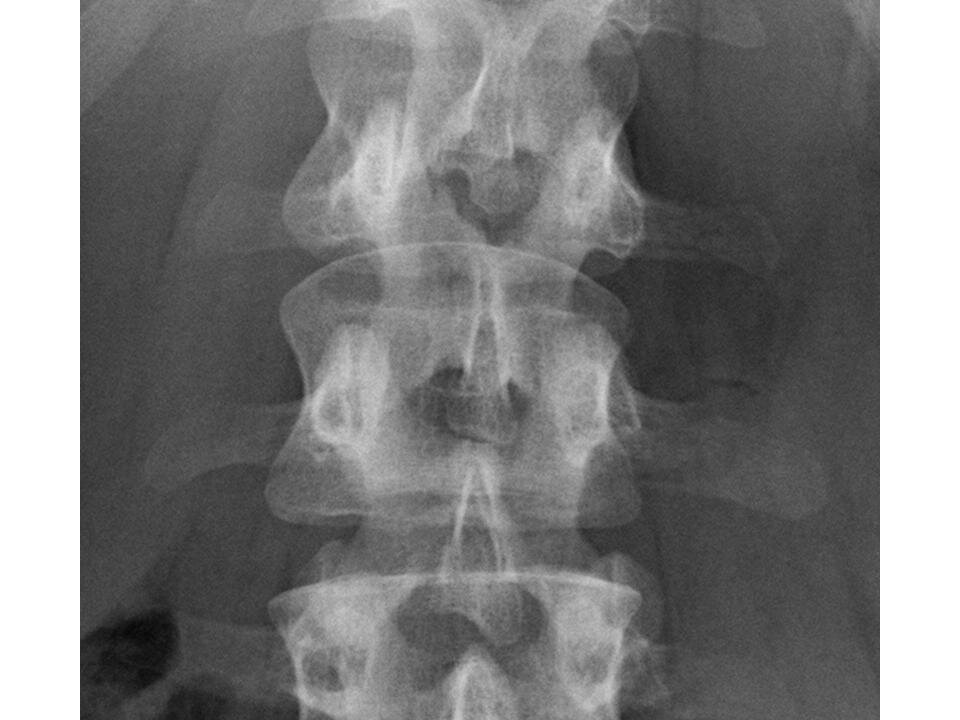
There is a high association between TPF and abdominopelvic visceral injury requiring radiologists' attentiveness even though the TPF is not directly addressed. Lumbar transverse process fractures, not associated with neurological deficits or structural instability, can be managed conservatively without neurosurgical or. This healing process often takes three to four months but the majority of the. No TPF were treated with an intervention, however 77% (40/52) of CF were addressed surgically or with braces.ĬONCLUSION: TPF are the most common lumbar spine fractures and are often associated with MVC. We have to accept this pain from the vertebral fracture during the healing period. Often, individuals will anticipate the trauma (they see the head-on collision coming, know they are falling off a.

Of patients with both visceral injuries and lumbar spine fractures, 75% (27/36) had isolated TPF (odds ratio of visceral injury with TPF was 4.4). A transverse process fracture is typically the result of a high-impact collision, such as a contact sports injury or motor vehicle accident, but it can also be caused by trauma such as a gunshot wound or a fall from a high altitude. Anderson and D’Alonzo classified odontoid peg fractures into three subtypes.

Axis (C2) fractures include odontoid peg fractures and traumatic spondylolisthesis of the axis (Hangman’s fracture). The odds ratio of having isolated TPF from MVC was 4.1 versus CF after a fall from standing was 4.5. Stable atlas fracture patterns where the transverse ligament is intact can be managed in a hard collar. MVC was responsible for 60.3% (35/58) of TPF but falls accounted for 73.8% (31/42) of CF. In this study, diagnosis and treatment of transverse process fractures. Prolonged immobilization is no more necessary than in any contusion or sprain of the back. TPF accounted for 70% of all fractures (195/277) as opposed to 24% for CF (67/277). Thus, these fractures can be treated with excessive measures or inadequately treated. The treatment required is rest in bed, heat and massage. RESULTS: 2.2% of patients had posttraumatic lumbar spine fractures (113/5229), including 58 patients (51.3%) with isolated TPF and 42 (37.2%) with isolated CF 13 patients had mixed types. METHODS: We retrospectively reviewed the reports of lumbar spine and abdominopelvic CT scans from 20 to classify the types of spine fractures, their mechanism of injury, treatment and coexistence of abdominopelvic injuries. Heat from a hot shower, hot bath, or heating pad can help relieve muscle spasm.

Don't put the ice pack directly on your skin. PURPOSE: With motor vehicle collisions (MVC) predominating as a source of trauma now, we sought to 1) reassess the types of traumatic lumbar spine fractures, 2) highlight the coincidence of transverse process fractures (TPF) with visceral injuries and 3) emphasize the difference in management between compression fracture (CF) and TPF. During the first two days after injury, apply an ice pack to the painful area for 20 minutes every 2 to 4 hours.


 0 kommentar(er)
0 kommentar(er)
